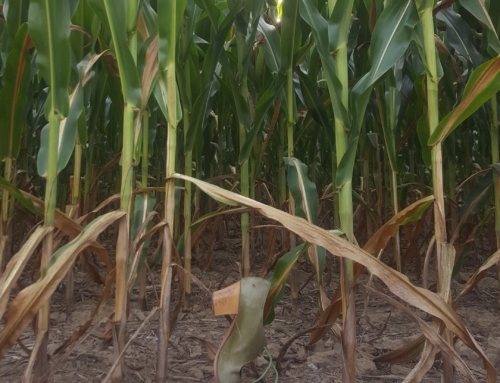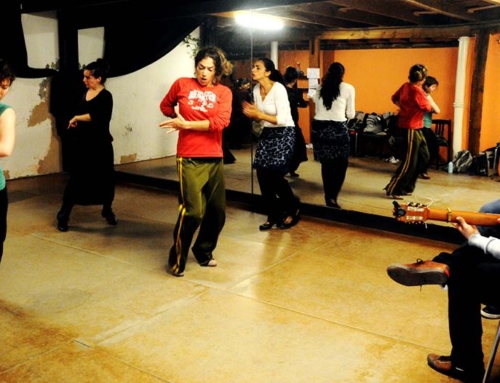This past week I definitely had my ups and downs. I started observing classes this week to decide who else I want to take class from along with Andrés Marín. I think I started to over think the whole thing, and started to worry that I really had no idea what I was doing in Sevilla, and doubting whether I should have chosen Sevilla instead of another city in Spain. I started to doubt myself about what I really want to get out of my time here–there are so many options, so many ways to enter into the flamenco world here, that I was overwhelmed. And so many people have given me great advice, which is good, but at the same time I have to find my own path and figure out what is right for me.
Eventually I got over freaking out about deciding who to study with. The first time I came to Spain to study abroad two years ago, one of my mentors in the U.S. told me it really didn’t matter who I would study with, that for me I would grow as a dancer from living in the culture and understanding the way of life out of which flamenco was born. I’m still not positive about who I want to study with, but I couldn’t be happier to be in Sevilla!
| Jose Valencia and Rosario Toledo in ‘Aleluya Erótica.’ Incredible artists and wonderful people. Olé! |
Thursday night I went to Rosario Toledo’s performance, ‘Aleluya Erótica,’ and I had tears in my eyes at the end of the performance. It was so moving and intense, and Rosario completely embodied the character of Belisa from Lorca’s story, ‘Amor de don Perlimpín,’ on which the performance was based. Even without knowing the story, the interpretation in this adaptation made the story and the emotions clear between the characters. Rosario arrived at a new level in her dancing, beyond anything I had seen her do before. She said after the show that her performance came from within herself, not from her dancing (she said something along the lines of “salió de mi misma, no de mi baile”)–in other words, what she expressed came from a place beyond the movements in and of themselves but from deep within her.
| Fernando Romero in ‘Sortilegio de sangre’ |
Friday I went to see Fernando Romero’s ‘Sortilegio de Sangre.’ It was more of a flamenco ballet in the sense that there was a lot of pantomime and the focus was on telling the story–of Shakespeare’s Macbeth. The dancing was incredible, and very much based in ballet and modern, but it did not move me in the same way Rosario’s show did. Imagine ABT dancing MacBeth, and then just switch out the dance sequences with some flamenco and that is what this show was like. It was beautifully choreographed and performed, but I think it just doesn’t have the capacity to move me in as personal a way as other shows I have seen at the Bienal.
Friday night, I also went to a flamenco bar where many amazing, I mean the best of the best, flamenco singers were hanging out. It was well worth waiting around for (we had initially planned on going somewhere else, then ending up literally driving around and circling Sevilla, then walking around, waiting around at a bar near the river, and finally went to a place called Rayas Reales). Farruquito was playing guitar and singing–he has a beautiful voice. Estrella Morente sang (and her voice is even more stunning in person). José Anillo sang, and many others whose names I don’t know. A couple people got up and danced patadas (short informal dances), including La Chimi. It’s nights like this that I am here for. These small informal gatherings of flamencos is where flamenco comes from, and to be a part of it is the greatest way I can learn right now.
| Leonor Leal dancing outside in ‘La mujer habitada’ |
This morning, I went to two outdoor flamenco performances in a park near the river in Sevilla. Leonor Leal danced in ‘La mujer habitada.’ She was able to tell a story through her dancing–I felt there was a narrative or at least expressional arch in the piece. The outdoor setting was also a perfect backdrop.
From everything I’ve seen and experienced so far, I’m learning the importance of being able to not always be moving with the music–to be able to stop or move slower than the music–that as a dancer I don’t have to interpret every note that is played, that more so I need to listen, to stop and just stand, to simply be myself in my dancing and not always be rushing from one step to the next. That is what makes the great artists so great.
Overall the last few days have been phenomenal and I couldn’t be happier! ¡Que viva el Fulbright y el Flamenco!
I couldn’t be more thankful either. 🙂





Leave A Comment